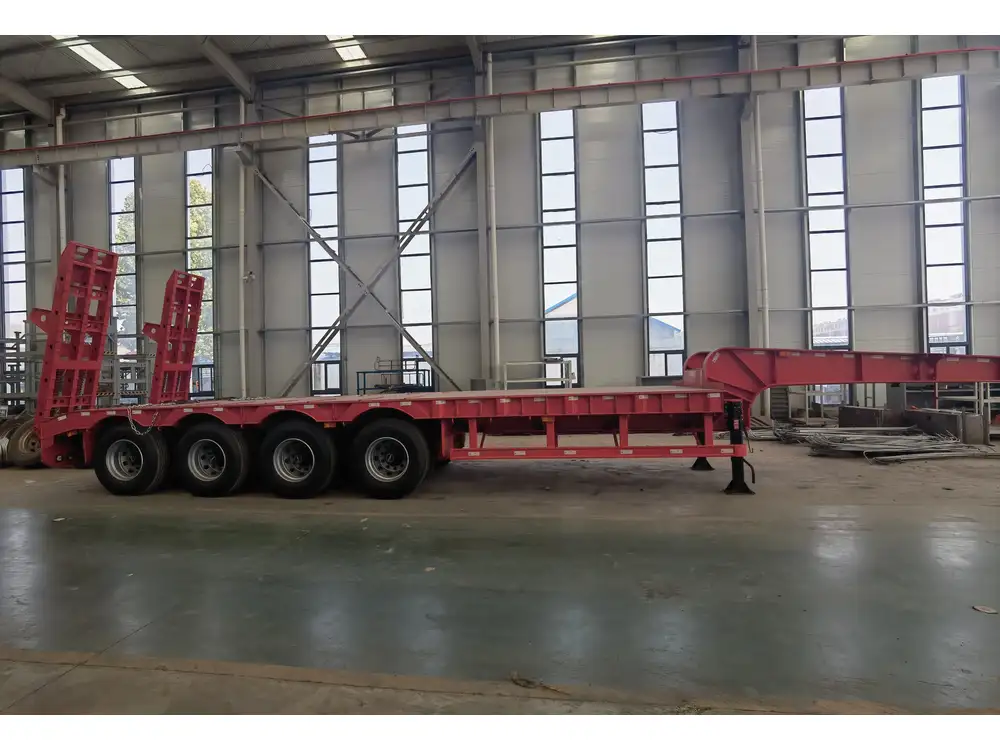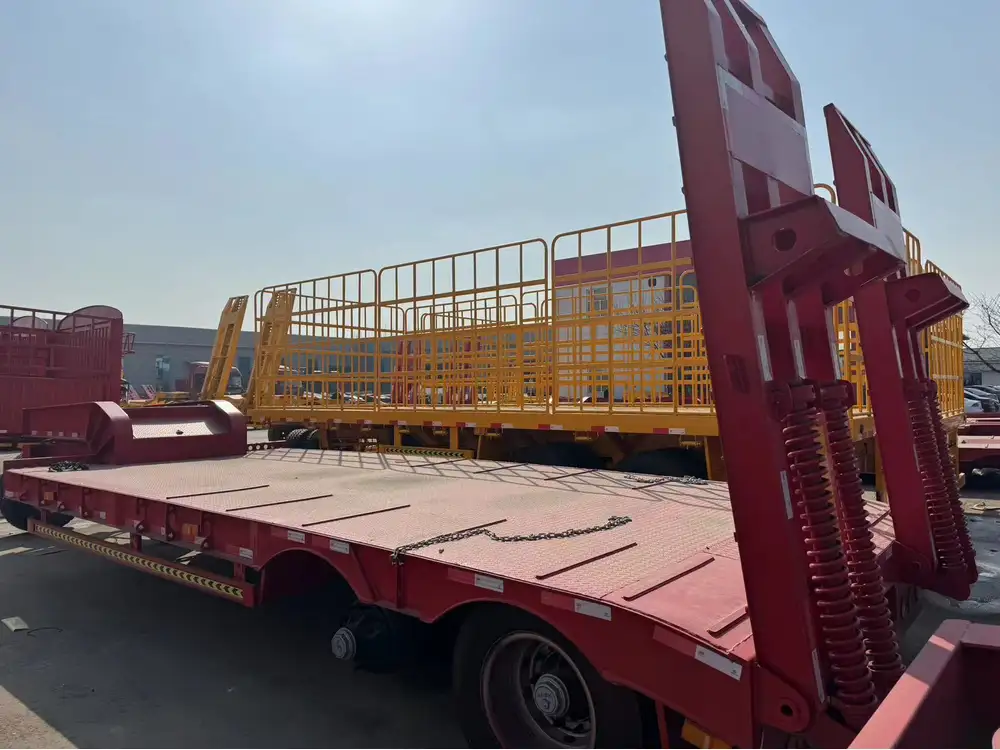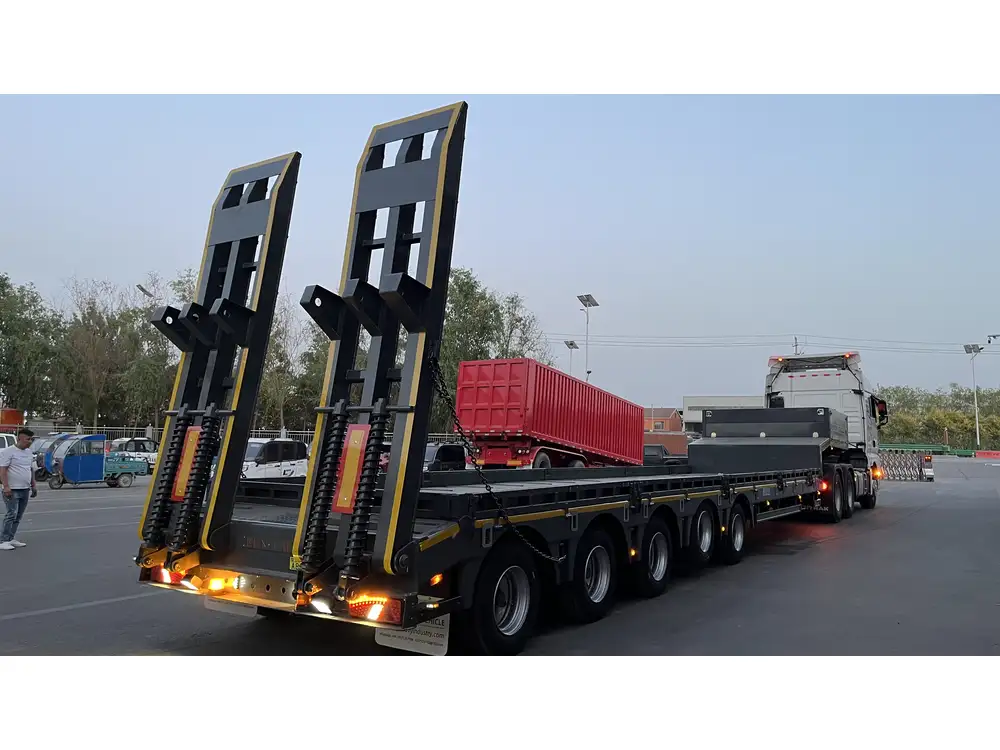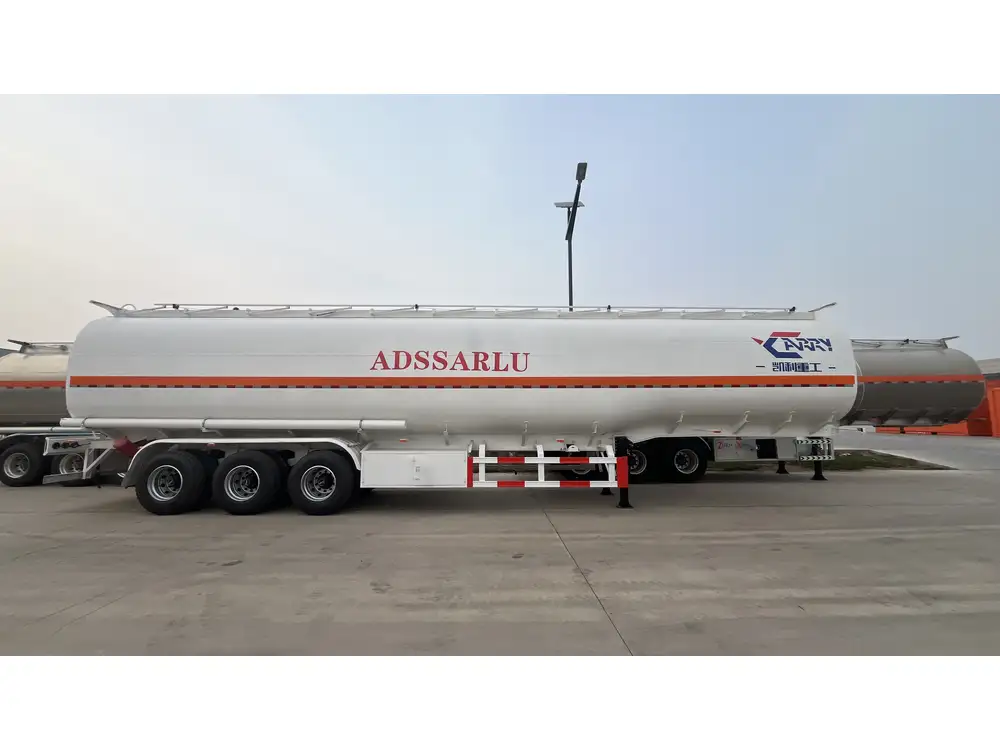When discussing logistics and transportation, the 18-wheeler stands out as a formidable workhorse, capable of hauling substantial loads across vast distances. But how big is an 18-wheeler? The answer delves deeper than mere dimensions; it encompasses weight classes, cargo capacity, and road regulations that shape their design and usage. This article elucidates the size specifications of an 18-wheeler while providing essential details that transport professionals, fleet managers, and logistics companies need to know.
Dimensions of an 18-Wheeler
Standard Size Components
An 18-wheeler typically consists of a tractor unit and a semi-trailer. The layout and dimensions can vary based on the specific type of trailer being utilized, but we can establish a generalized view of its size components as follows:
- Length: The overall length of an 18-wheeler, comprising both tractor and trailer, generally reaches about 70 to 80 feet. Some states allow combinations that can extend up to 100 feet with specific permits.
- Width: The standard width of an 18-wheeler is 8.5 feet (102 inches). This regulation supports safe navigation on highways and thoroughfares without exceeding permissible dimensions for other vehicles.
- Height: Measuring around 13.5 to 14 feet from ground to the top of the cargo load.

Legal Limitations and Road Regulations
Understanding how big an 18-wheeler is also entails recognizing the regulatory frameworks governing their operation. Different states may impose varying limits concerning dimensions and weights, but the following general criteria apply:
- Maximum Length: As mentioned earlier, interstate regulations typically cap the total length at 53 feet for the trailer and 80 feet for tractor-trailer combinations. However, some jurisdictions may allow longer combinations known as ‘long double’ trucks or ‘tranport triaxles’.
- Maximum Width: Adhering to the 8.5-foot width is crucial for facilitating safe passage on shared roadways.
- Height Restrictions: With height regulations generally settled at 14 feet, loads traversing under bridges and overpasses must remain compliant to avoid accidents and damages.
Weight Restrictions
In tandem with dimensions, understanding an 18-wheeler’s weight is paramount. The gross vehicle weight rating (GVWR) is critical for operational legality and safety. Typically, an 18-wheeler has:
- Total GVWR: Ranging between 80,000 and 100,000 pounds, inclusive of the tractor, trailer, and payload.
- Commercial Load: Payload weight can fluctuate drastically based on the cargo—dry goods may weigh less compared to heavy machinery or construction materials.
Types of 18-Wheelers and Their Dimensions

Flatbed Trailers
Flatbed trailers are known for their versatility. They are the go-to for shipping heavy and irregular loads. The typical dimensions include:
- Length: 48 or 53 feet.
- Width and Height: Similar to overall guidelines (8.5 feet width, around 5 feet height for deck).
Reefer Trailers
Refrigerated trailers are essential for transporting perishable food and materials. Their dimensions usually mirror flatbeds, but with particular features:
- Insulation: Adds slightly to the trailer’s size.
- Temperature Control: Must accommodate refrigeration units alongside cargo.
Tank Trailers
These specialized trailers transport liquids, including fuel and chemicals. Their sizes can vary, adhering to standard constraints but often include:
- Volume Capacity: Measured in gallons or liters, commonly ranging from 5,000 to 10,000 gallons.
- Height and Width: Standard widths comply with regulations, but height can differ based on the tank specifications.

Analyzing the Importance of Size in Operations
Payload Capacity Considerations
Understanding the payload capacity shaped by size is essential for operational efficiency. Underestimating or overloading can lead to dangerous scenarios and costly penalties. Here, we dissect the factors that come into play:
- Payload Weight: Adhering to the maximum GVWR ensures safe operational limits. Cars on roads have a defined capacity; exceeding it can lead to chassis damage and increased fuel consumption.
- Axle Load Limits: Each axle of an 18-wheeler has strict weight limits. A properly distributed load mitigates stress on axles, improving tire and suspension longevity.
Maneuverability and Accessibility
The size of an 18-wheeler can pose challenges on urban roads or tight spaces. Understanding dimensions enhances route planning:
- Turning Radius: A standard 18-wheeler’s turning radius can range from 40 to 60 feet, necessitating careful consideration of routes to avoid sharp turns or obstacles.
- Height Restrictions: Navigating cities and bridges with height limitations demands prior research through resources like the Federal Highway Administration’s route maps.

Current Trends Impacting Size and Design
As industries evolve, so do the trends surrounding the size and design of 18-wheelers. The increasing focus on sustainability, efficiency, and technology is changing the landscape:
Eco-Friendly Regulations
With new regulations aimed at reducing carbon emissions, manufacturers are innovating in design to build lighter yet robust trailers, ultimately leading to:
- Increased Fuel Efficiency: Striking a balance between weight and durability improves fuel consumption, especially with advancements in aerodynamic designs.
- Alternative Fuel Sources: The advent of electric and hybrid trucks could reshape the traditional dimensions and weight capacities of conventional 18-wheelers.
Technological Innovations
Recent innovations play a crucial role in how we perceive the size and performance of these vehicles:
- GPS and Route Optimization: Technological advancements allow for more efficient route planning based on truck dimensions, ensuring compliance with height and weight regulations.
- Drone-Assisted Deliveries: While not directly replacing trucks, these technologies may alleviate some transport responsibilities, reimagining the role of traditional 18-wheelers in logistics.

Potential User Concerns with 18-Wheelers
Safety and Compliance
The safety of both drivers and other road users is paramount. Users must be aware of the regulations surrounding transportation to ensure compliance:
- Inspection Requirements: Regular inspection of the vehicle’s dimensions and weights is critical to maintaining safety standards.
- Insurance Notification: Informing insurance companies about vehicle specifications enhances coverage and reduces risks related to accidents.
Cost Implications
Understanding how size affects costs can streamline logistics:
- Operational Costs: Bigger vehicles may consume more fuel and incur higher tolls. Planning routes considering an 18-wheeler’s size can significantly impact budget management.
- Maintenance Costs: Larger vehicles might experience different wear and tear patterns, influencing maintenance schedules and ultimately affecting overall costs.

Conclusion: Navigating the Tricky Waters of 18-Wheelers’ Sizes
Exploring the dimensions of an 18-wheeler reveals more than just their physical specifications. It uncovers intricate details affecting everything from payload capacity and operational efficiency to legal regulations and safety compliance.
We encourage fleet managers, logistics experts, and transportation companies to leverage this comprehensive understanding to optimize their operations successfully. As the industry shifts toward more sustainable, technologically-advanced vehicles, staying informed is essential for anyone involved in the trucking and logistics sector.
Whether calculating weight limits, planning routes, or understanding the implications of new technologies, recognizing the complexity and varied dimensions of 18-wheelers allows for informed decision-making, ultimately paving the way for greater operational efficiency and safety on the roads.
By paying close attention to these factors, we not only optimize our transportation strategies but also contribute to the broader, interconnected web of logistics and supply chain management that plays a vital role in our economy.



